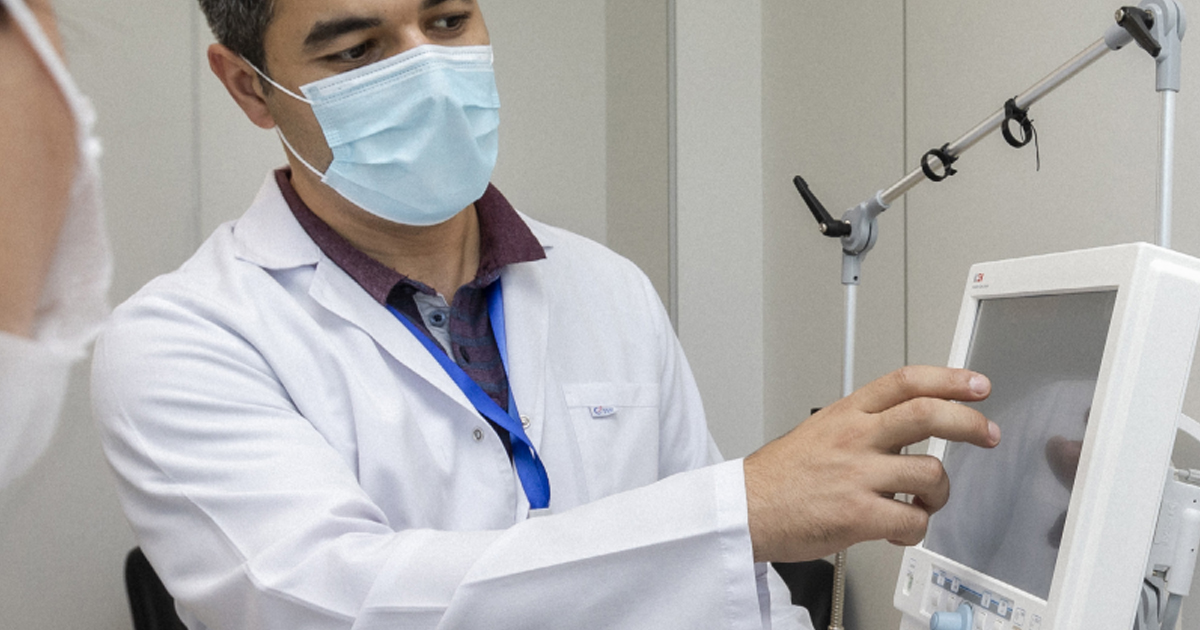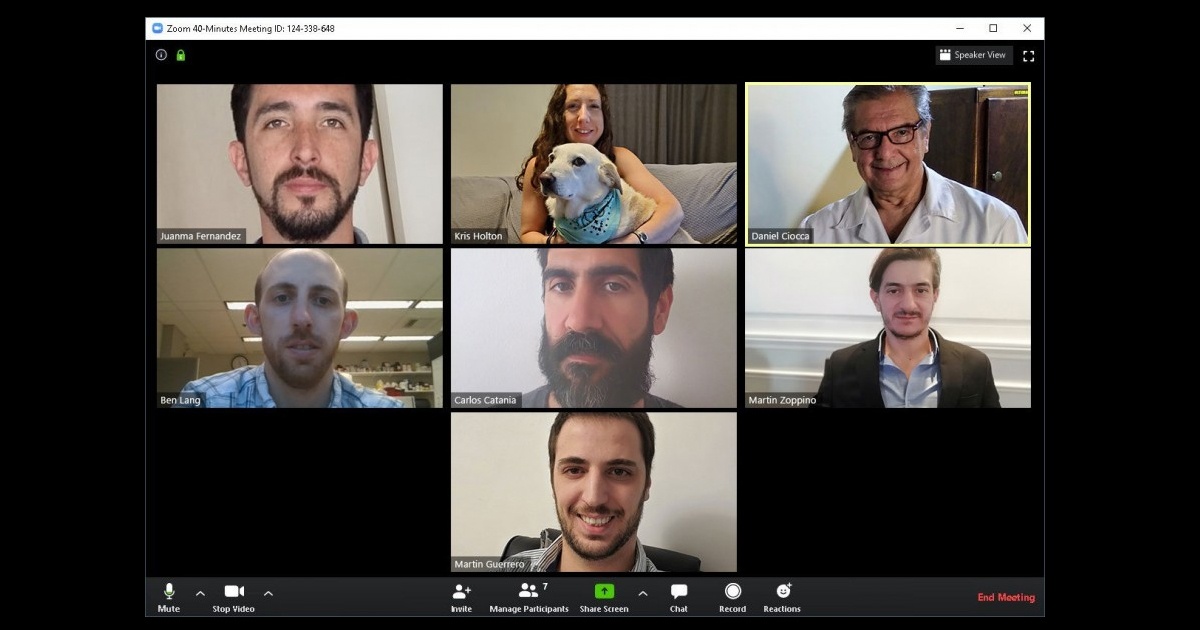Argentina, Brazil, Chile, Colombia, Paraguay, Peru and Uruguay are part of a project funded by the European Union to combat antimicrobial resistance (AMR).
The strategy "Working together to combat antimicrobial resistance" seeks to coordinate efforts to mitigate risks to human, animal and environmental health, using various epidemiological surveillance tools. This strategic project aims to support efforts to combat antimicrobial resistance through the implementation of the National Action Plans of Argentina, Brazil, Chile, Colombia, Paraguay, Peru and Uruguay.
In addition, the project is led by the Food and Agriculture Organization of the United Nations (FAO), the World Organization for Animal Health (OIE) and the Pan American Health Organization.

In Uruguay, the performance of these actions is carried out under the supervision of the National Antimicrobial Resistance Consultant, Dr. Grisel Rodríguez Cunsa, who has carried out training and education for the staff of the National Reference Laboratory and the country's Network of Laboratories. .
The training had the collaboration of PAHO, specifically in the training of the country's computer services and laboratory personnel, as well as the Malbrán Institute and the National Reference Laboratory (LNR) of Argentina.
One of the main objectives of this strategy was the adoption of a single language for the epidemiological surveillance of antimicrobial resistance and the detection of resistance mechanisms, for which the WHO/PAHO WHONET tool was used.
WHONET is a tool to create databases for microbiology laboratories, currently available in 44 languages, and applied at the local, national and regional level in more than 2,300 public health and animal health establishments.
During the course of work to generate a rapid detection network for AMR in epidemiological surveillance of infections. In this sense, the network will allow us to be alert and respond immediately and jointly to a threat to public health.






